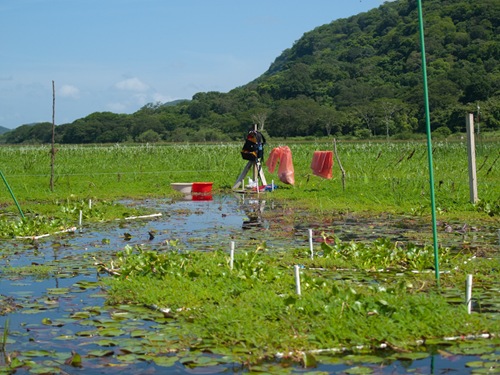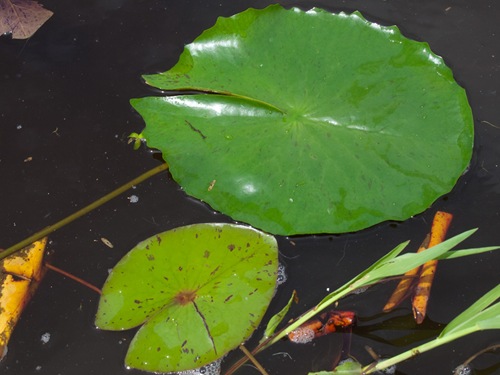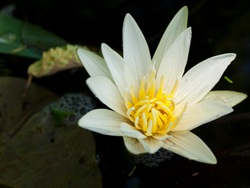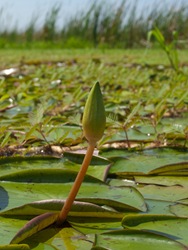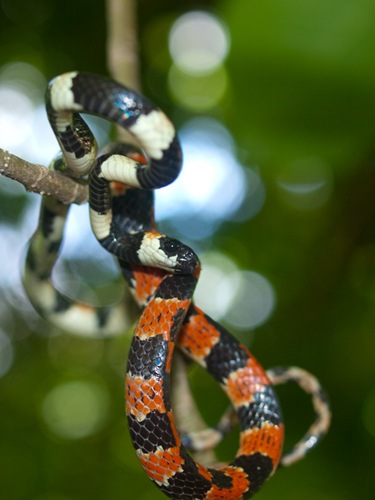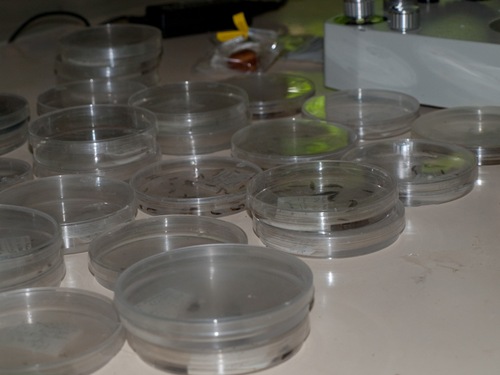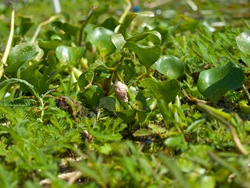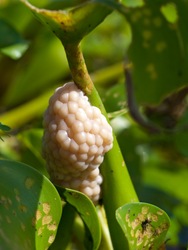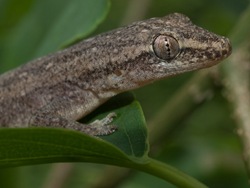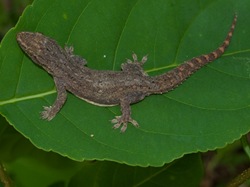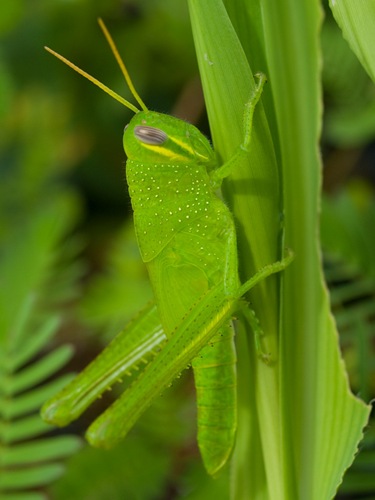Monthly Archives: July 2009
A Panorama
Killer bee
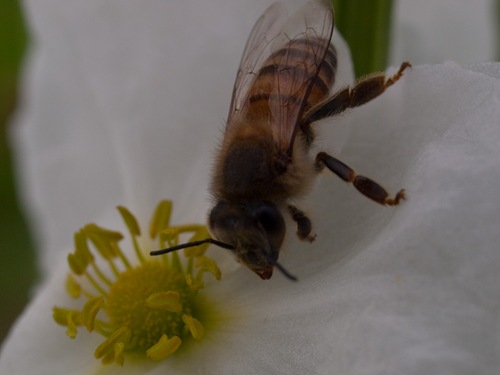 I have no idea if this is really an Africanized Honey Bee, but I have seen a couple of nests. Additionally, while working in the wetland or walking through the forest, large swarms of bees will occasionally fly overhead, presumably headed toward a new patch of flowers. It’s kind of intimidating when you hear the swarm… what if they decide to stop and descend?
I have no idea if this is really an Africanized Honey Bee, but I have seen a couple of nests. Additionally, while working in the wetland or walking through the forest, large swarms of bees will occasionally fly overhead, presumably headed toward a new patch of flowers. It’s kind of intimidating when you hear the swarm… what if they decide to stop and descend?
My enclosures
Nymphaea
So far, I’ve identified two species of water-lily: Nymphaea puchella and the more common Nymphaea amazonum. N. pulchella is currently flowering and has a wavy margin on it’s floating leaves, while N. amazonum hasn’t begun flowering yet and seems to have smaller leaves. The flowers below are from N. pulchella.
Sibon anthracops
Sorting macroinvertebrates
For the past few days, I have been sorting and identifying macroinvertebrates from some samples collected from the decomposition bags. Doing so made me appreciate lugging a microscope to Costa Rica, since the scopes here are horrendous. The dishes pictured here contain macroinvertebrates, mostly insect larva, that I’ve sorted to family.
I don’t like being in the lab.
Apple snail egg invasion
Here’s some photos of the apple snail eggs I mentioned that had been laid in one of my enclosures.
Calling all geckos
Crazy orthopterans
Brightly colored but highly camouflaged, this orthopteran was chowing down on some Thalia, which seems to be a favorite food source for invertebrates around here. There are other grass hoppers that hang around on Paspalum repens, a floating grass in the wetland, in large numbers. This guy was alone by my account.



